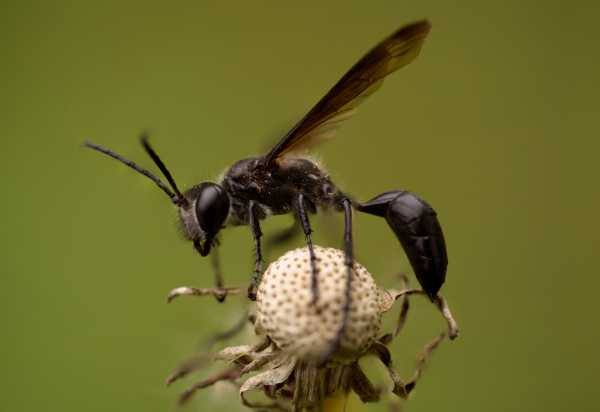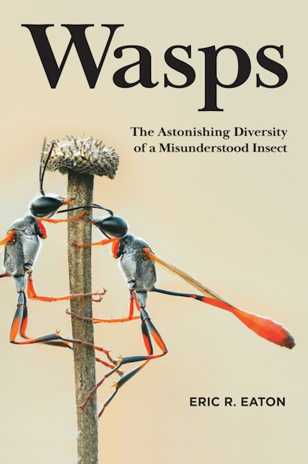What Do Wasps Eat?
The diets of wasps are varied and can depend on several factors, including the type of wasp, the stage in its life cycle, the impact of nest location on (local) diet.
However, as a whole, different food types among various species include:
- invertebrates (such as flies, spiders, other wasps, bees, beetles, caterpillars). Invertebrate prey may be fed dead, alive or alive but paralyzed, depending on the distinct habits of the wasp species;
- plant matter (leaves, galls);
- sweet plant secretions (such as nectar) and plant products, such as ripened fruit;
- honeydew (a secretion of aphids);
- human foods as available;
- a combination of the above depending on the species and life cycle stage of the wasp;
- some tropical wasp species produce and store honey.
Examples of Wasp Diets
The wasps most people are familiar with are the yellowjackets, especially when eating outdoors. Adult yellowjacket species survive on flower nectar and sweet substances, such as the flesh of ripened fruits, or even human foods, such as fizzy drinks and jam if they can gain access to it. The developing offspring of yellowjackets, on the other hand, are feed on other invertebrates (either in adult or larval form) which are hunted by the adult wasps.
Whilst a variety of protein types for different invertebrates is acceptable for some wasp species, others specialise in hunting specific types of prey.
For example, the tarantula hawk wasps specifically hunt spiders with which to provision their nest cells. The adult tarantula hawk wasp paralyzes the spider prey, lays an egg on the spider, and the developing wasp larvae eats the spider, which is still alive.
The grass-carrier wasps (genus Isodontia) target prey within the insect order Orthoptera (crickets, locusts, grasshoppers, katydids), with which to feed their offspring. Again, the grass-carrier wasps provide paralyzed, but living prey for their young to feed upon.
 Grass-Carrying Wasp, Isodontia mexicana
Grass-Carrying Wasp, Isodontia mexicanaThe larvae of the Emerald cockroach wasp, Ampulex compressa, eats alive the cockroach from the inside out, eventually causing its death. Interestingly, the larvae actually disinfects the roach prior to feeding!
The vegetarians
Meanwhile, the larvae of some wasp species are vegetarian. For example, fig wasp larvae consume the tissue within the fig flower where its mother laid the egg.
Gall wasp larvae eat the fleshy insides of the gall in which it developed.
Despite the name, sawflies are in fact a type of wasp, and its larvae (which resemble caterpillars) eat the leaves of plants where the larvae developed from an egg.
The honey wasps
Some tropical species actually make honey, just as honey bees do. As such, the honey is a concentrated food source that is stored in the nest ready to be consumed during periods of limited food availability. The honey wasps are also known to consume aphid honeydew.
Resources
Eric R. Heaton; Wasps – The Astonishing Diversity Of A Misunderstood Insect, Princeton University Press 2021.
If you found this page helpful or interesting, I'd really be grateful if you would share it with others - if not this page, perhaps another, such as Gardening For Bees.
Thank you so much :) .
